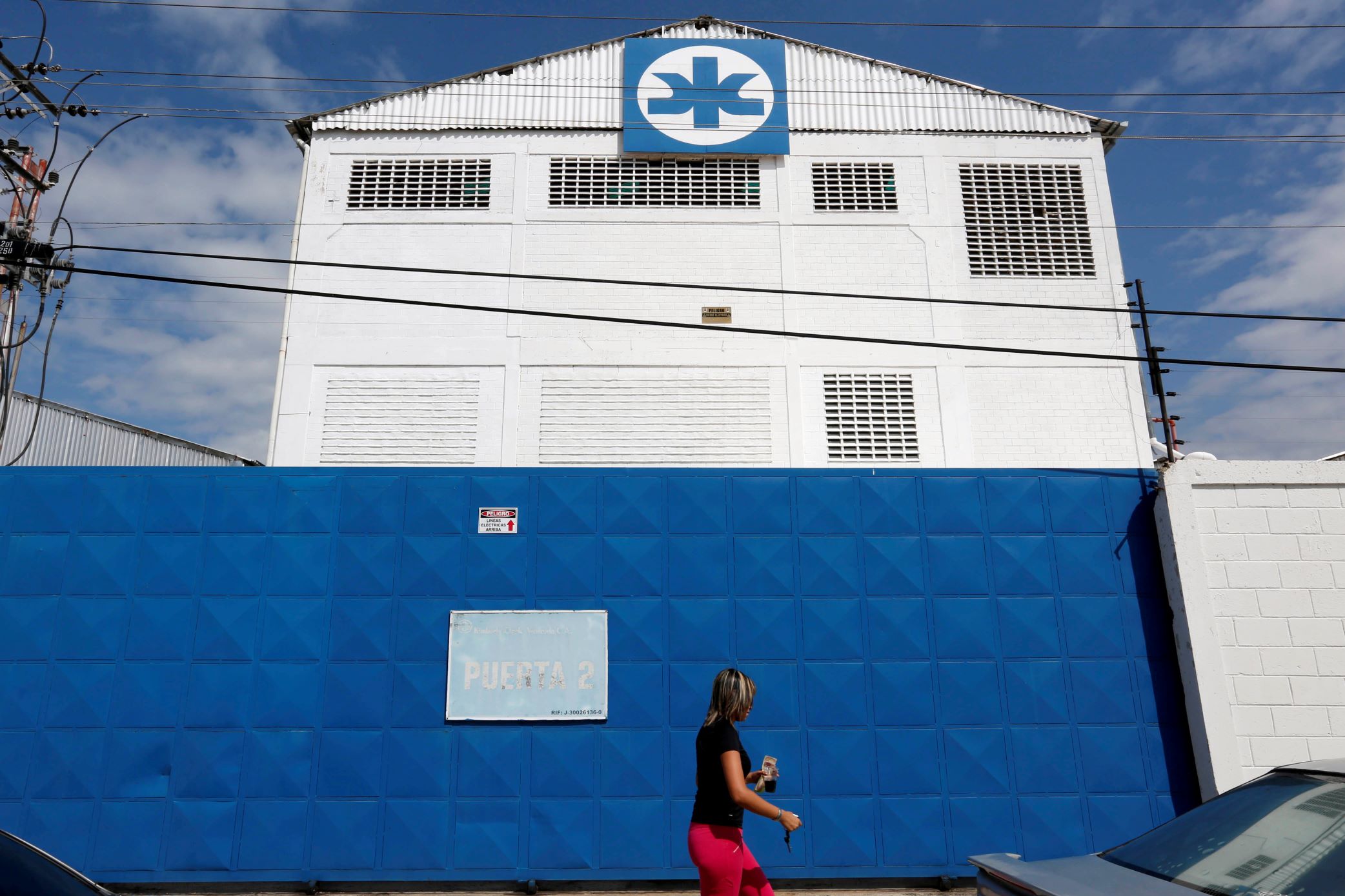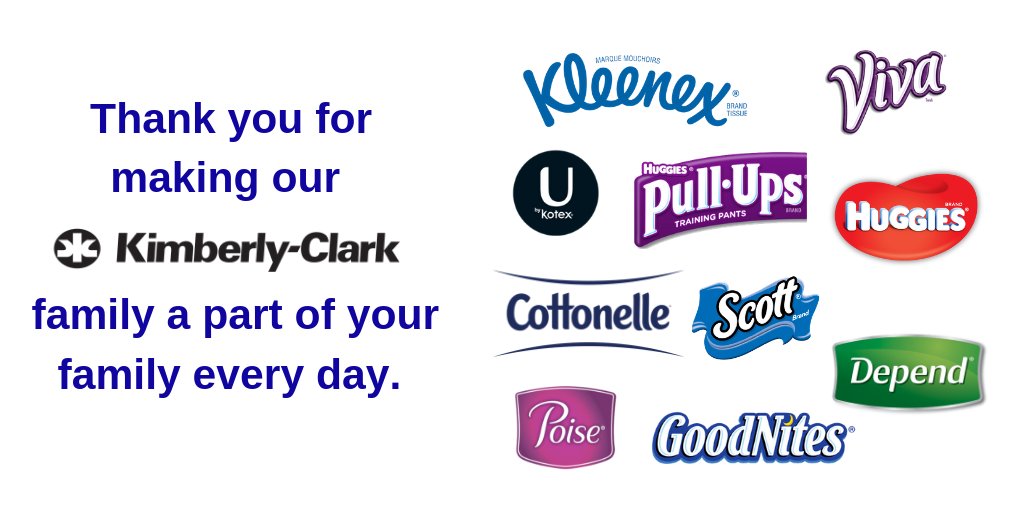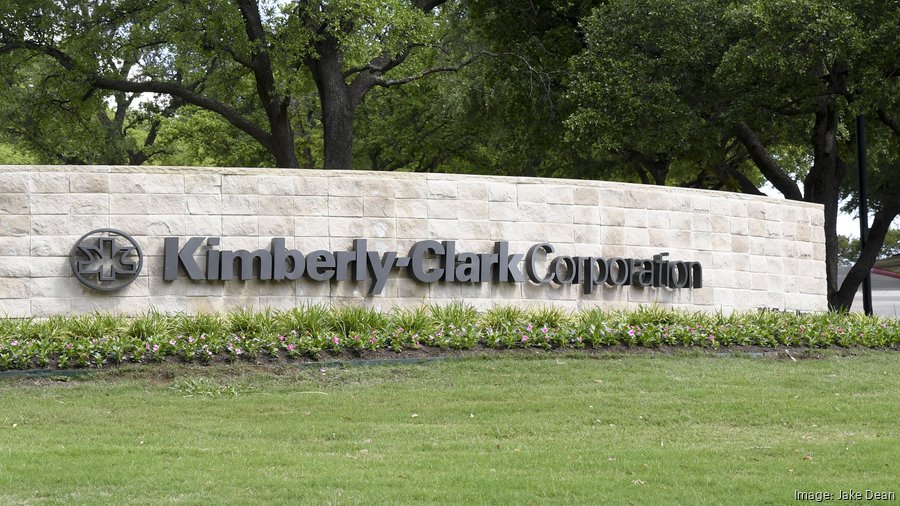Kimberly-Clark announced on Wednesday its decision to undergo a reorganization into three distinct business units, aiming to streamline operations and reduce expenses for the Kleenex tissue manufacturer.
The consumer goods giant, headquartered in Irving, Texas, revealed plans to allocate approximately $1.5 billion for associated costs over the next three years.
According to a filing, cash outlays are projected to be roughly half of this sum, primarily linked to personnel reductions, although specific figures regarding job cuts were not disclosed.

This restructuring initiative arises amidst a period where Kimberly-Clark faces diminishing benefits from its consistent price adjustments, compounded by inflationary pressures causing consumers to curtail purchases of its higher-priced items.
Similar to competitors Procter & Gamble and Unilever, Kimberly-Clark is contending with the erosion of shelf space at retailers in favor of more economical private-label alternatives.
Under the new configuration, the company will consolidate its operations into three main segments: North American business, international personal care, and international family care and professional operations.
Previously, Kimberly-Clark operated under three business segments—personal care, consumer tissue, and Kimberly-Clark professional—each comprising three geographical subdivisions.

Kimberly-Clark anticipates significant benefits from its planned supply chain modernization, forecasting over $3 billion in gross productivity gains and $500 million in working capital savings, to be reinvested in growth initiatives.
The transition to the revamped organizational structure is slated for completion by the close of 2024. These measures are anticipated to yield approximately $200 million in selling, general, and administrative savings over the coming years.
Furthermore, the company reaffirmed its previously announced annual targets for organic net sales and adjusted profits, initially disclosed in January.
Kimberly-Clark’s performance in the fourth quarter fell short of sales and profit expectations, with a cautionary note regarding sluggish retail inventories potentially leading to stagnant volumes in the first quarter.







Leave a Reply